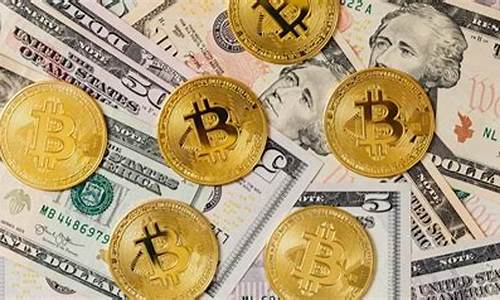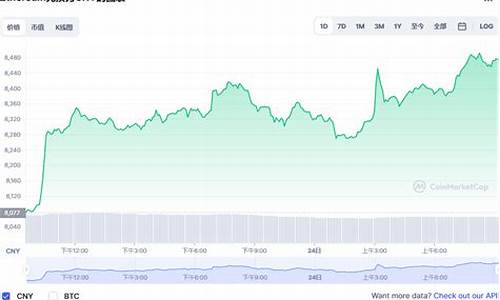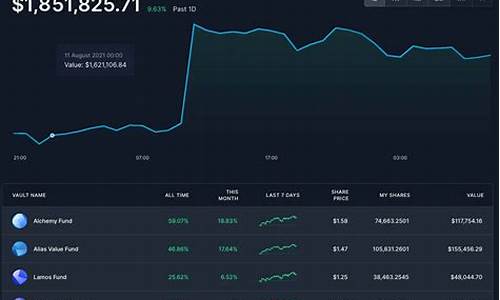
Digital currency, also known as cryptocurrency, is a type of currency that uses cryptography
for secure and anonymous transactions. It was first introduced in 2009 with the
creation of Bitcoin. Since then, many other digital currencies have emerged, each
with its own unique features and characteristics. In this article, we will
discuss what digital currency is, its key features, and how it differs from traditional
currencies.
What is Digital Currency?
Digital currency is a decentralized form of currency that operates on a peer-to-peer
network. Unlike traditional currencies, which are controlled by central banks and
governments, digital currencies are not tied to any physical entity. Instead, they are
based on blockchain technology, which allows for secure and transparent transactions
without the need for intermediaries like banks.
Key Features of Digital Currency
There are several key features of digital currency that set it apart from traditional
currencies. Some of these features include:
1. Decentralization: Digital currencies are decentralized, meaning that they are not controlled by any central authority. Instead, they operate on a distributed network where users can participate in the validation and verification of transactions.
2. Security: Digital currencies use advanced encryption techniques to ensure the security of transactions. Each transaction is recorded on a public ledger called a blockchain, which is maintained by a network of computers around the world. This makes it virtually impossible for anyone to manipulate or alter the records without being detected.
3. anonymity: Digital currencies allow users to make transactions anonymously, without revealing their personal information or financial details. This feature is particularly appealing to users who value privacy and security.
4. Limited supply: Most digital currencies have a limited supply, which means that their value is not subject to inflation or manipulation by governments or central banks. This makes them an attractive alternative to traditional currencies that are subject to inflation and government intervention.
How Digital Currency Differs from Traditional Currencies
While digital currency shares some similarities with traditional currencies, there are also
some important differences between the two. Some of these differences include:
1. Centralization vs Decentralization: Traditional currencies are centralized, meaning that they are controlled by a single entity, such as a central bank or government. In contrast, digital currencies are decentralized, meaning that they operate on a distributed network where users can participate in the validation and verification of transactions.
2. Physical Form vs Electronic Form: Traditional currencies are physical forms of money, such as paper bills and coins. Digital currencies, on the other hand, exist only in electronic form and are not physically tangible.
3. Regulation vs Voluntary Behavior: Traditional currencies are regulated by governments and central banks, which control their supply and demand. In contrast, digital currencies operate on a voluntary basis, with users choosing to accept them as a form of payment based on their perceived value and usefulness.
Conclusion
In conclusion, digital currency is a revolutionary new form of currency that has the potential
to transform the way we think about money and financial transactions. Its decentralized nature,
security features, anonymity, and limited supply make it an attractive alternative to
traditional currencies that are subject to inflation and government intervention. As more
people begin to adopt digital currency and develop new tools and applications built on top
of it, we can expect to see even more exciting developments in the years ahead.

















